Designing a high-impact employee rewards & recognition policy – your step-by-step framework to align culture, streamline governance and ignite engagement across the organisation.
1. An effective employee rewards and recognition policy should align with the organization’s unique objectives, core values, and business processes, while also considering the diverse needs of the workforce.
2. Setting transparent and fair reward criteria ensures that all employees have an equal opportunity for recognition based on merit, rather than personal relationships.
3. Understanding individual employee motivation is crucial, and involving team leaders in the process adds credibility and insight to the recognition decisions.
4. Incorporating variety in the recognition program keeps it engaging and exciting for employees, contributing to sustained motivation and satisfaction.
Most successful businesses today have a culture of valuing their employees and recognizing and rewarding them for their contributions. However, designing an effective employee rewards and recognition policy takes considerable time, effort, and attention.
The first and foremost thing for developing a recognition and rewards policy is that every organization is unique. Even organizations in the same industry have different operating policies and processes.
The organization’s recognition policy should align with the needs and expectations of its employees. Therefore, organizations must intelligently design reward and recognition policies to create effective ones.
A few critical aspects of the design process are as follows:
1. Identify the objectives of the recognition policy
2. Set meaningful reward criteria
3. Learn about employee motivation needs
4. Ensure the greater involvement of team leaders
5. Focus on Variety
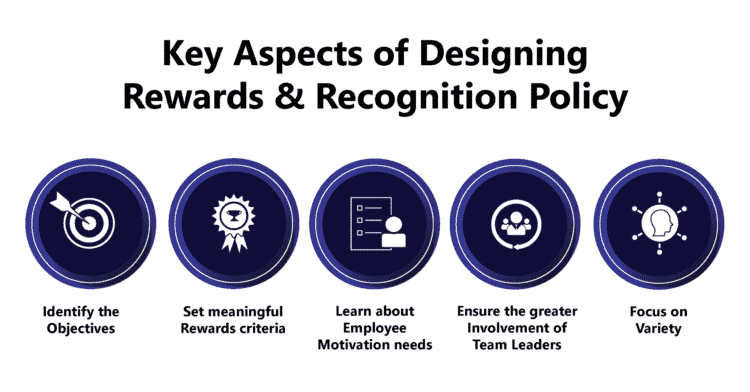
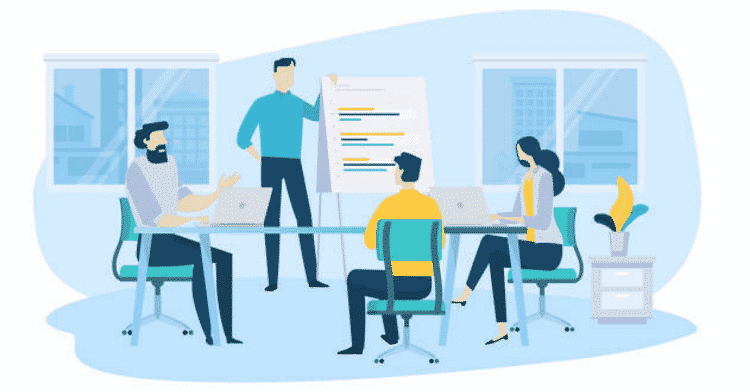
Identifying the program’s business objectives is the first step in creating an effective employee recognition and rewards (R&R) policy. The process involves integrating the organization’s core values and business objectives with the rewards program to ensure alignment.
Additionally, the organization must ensure that the policy aligns with its established operating principles and business processes. It is also essential to consider the overall workforce profile and diversity.

A recognition policy can be successful only if it ensures every employee has a fair chance of receiving a reward. Determining the criteria employees must fulfill to receive recognition is essential.
Employees should not think they can get recognition through flattery or good relationships with their managers or team leaders. Hence, setting meaningful criteria ensures that every employee receives recognition, regardless of their level and role.
The criteria should include dedication, hard work, employee achievements, and initiatives, as well as specific behavioral patterns.
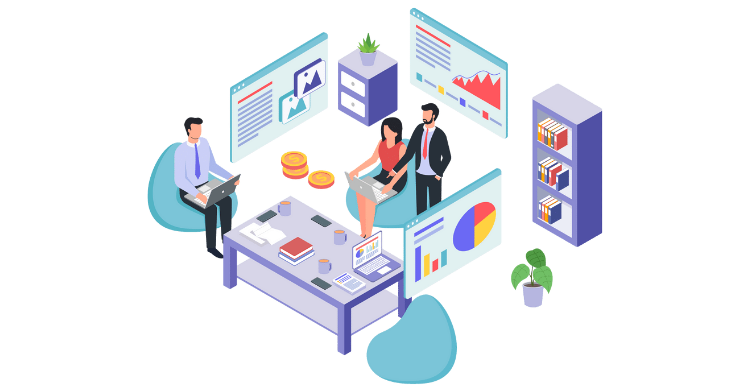
Organizations need to understand that every employee is unique and, therefore, has a distinct temperament and personality. It means that they value other things and are motivated by various factors.
Understanding their motivational needs is crucial since recognition aims to enhance employee engagement.
When performed manually, the process can be time-consuming and even challenging. However, online survey forms can simplify the task and provide the requisite information quickly.

Team leaders, line managers, and supervisors are in the proper position to assess employees’ performance, contributions, and achievements. That is why ensuring their greater involvement in developing an organization’s recognition policy is essential for its success.
Supervisors understand their team members’ contributions well. Their feedback will likely be more insightful than that of those less involved in day-to-day operations. Hence, it lends credibility to the decision to reward specific employees without causing dissent among their colleagues.
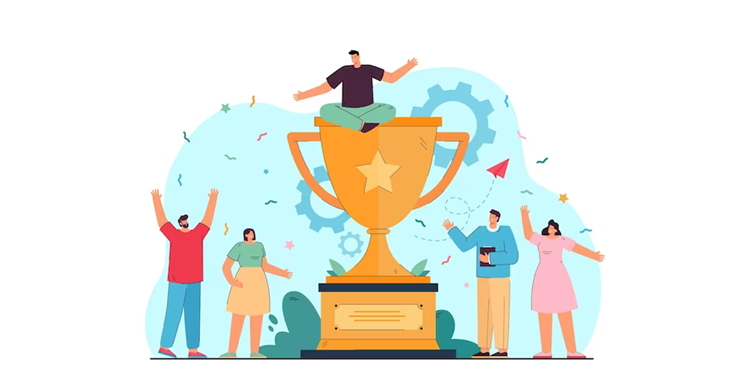
Additionally, the organization would benefit from some variety in its employee recognition program. It helps the program retain novelty for a long time and gives the employees something to be excited about.
Recognition can take various forms, including the frequency of recognition or new and innovative ideas.
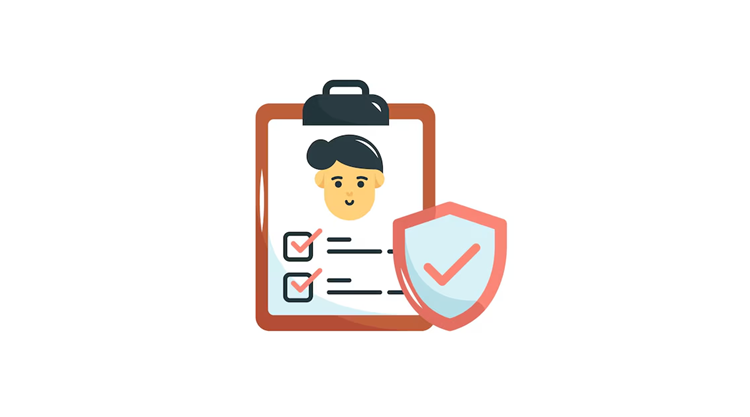
It should align with the organization’s unique objectives, core values, business processes, and the diverse needs of its workforce.
To ensure that every employee has an equal opportunity to be recognized based on merit, rather than personal relationships or favoritism.
By surveying or talking to employees, understanding their unique temperaments, and tailoring recognition to what they value.
Frontline managers should be involved in assessing and nominating employees, adding credibility and insight into day-to-day contributions.
It keeps the program fresh and engaging—different types of recognition appeal to other people over time.
1. Identify policy objectives
2. Set meaningful reward criteria
3. Learn about employee motivation
4. Involve team leaders
5. Incorporate variety in recognition
Criteria should reward dedication, hard work, initiative, specific behaviors, and achievements—ensuring that everyone, across levels and roles, is eligible.
If you base your policy on the principle of business alignment, fairness, motivation, leadership involvement, and variety, you can build a recognition system that supports employee satisfaction and business growth.
Keeping the above principles in mind and with the right intent, organizations can develop effective rewards and recognition policies that can ensure the happiness and satisfaction of their workforce and result in greater business growth.

Lead author: Sagar Chaudhuri, the Co-Founder and CEO of HiFives. He is an HR Tech Evangelist with over 25 years of experience in both corporate and entrepreneurial settings. Previously, Sagar has held leadership roles with companies such as Genpact, Infosys, and ICICI Bank. He has an engineering degree from IIT Kharagpur and an MBA from IIM Lucknow. Connect on LinkedIn
To stay updated on the latest HiFives blogs, follow us on Twitter (@MyHiFives)